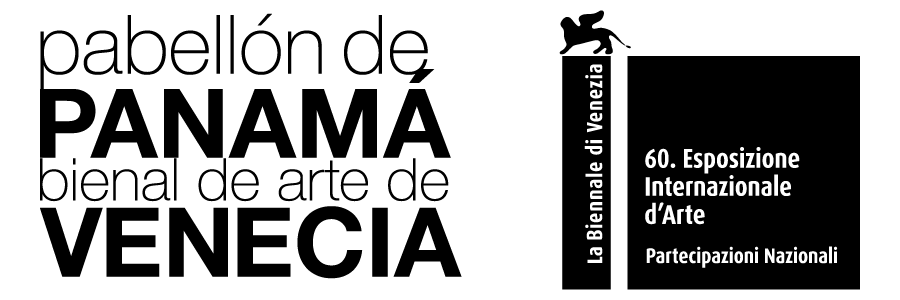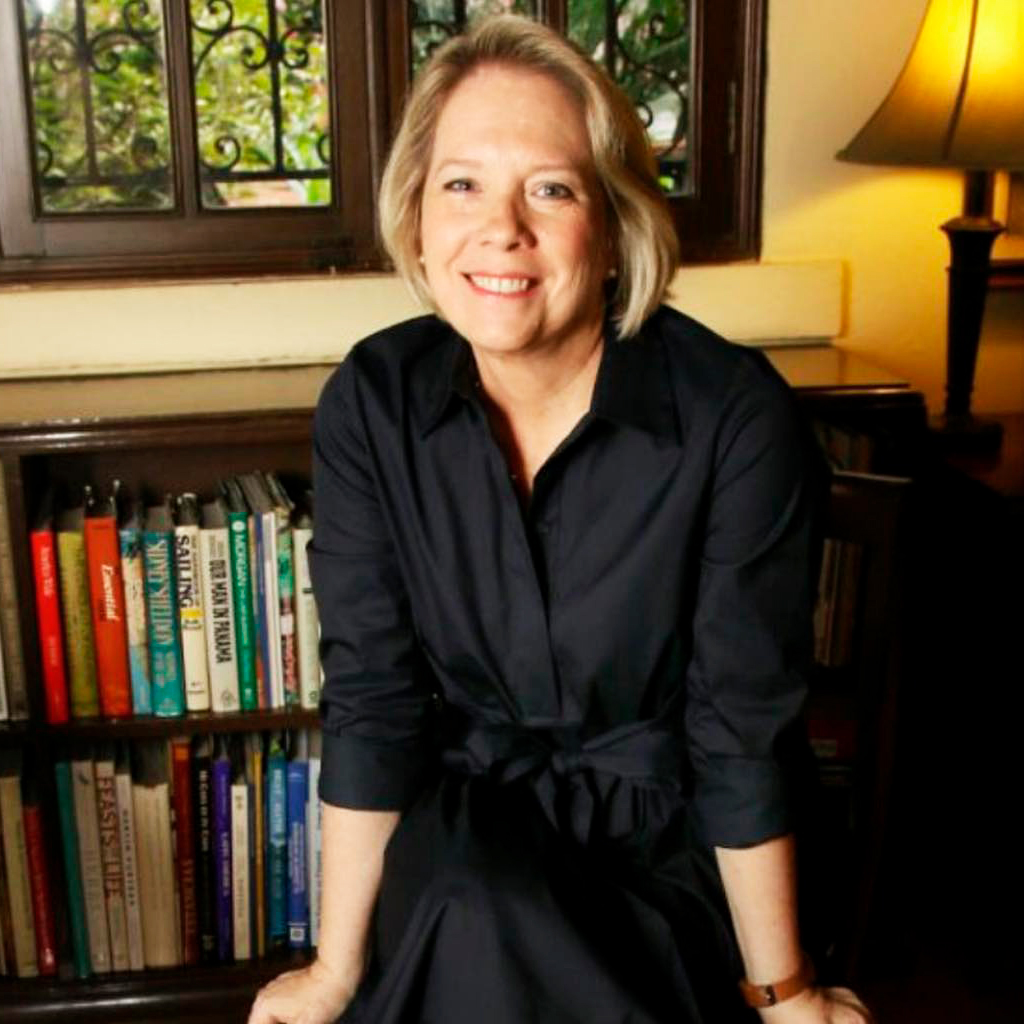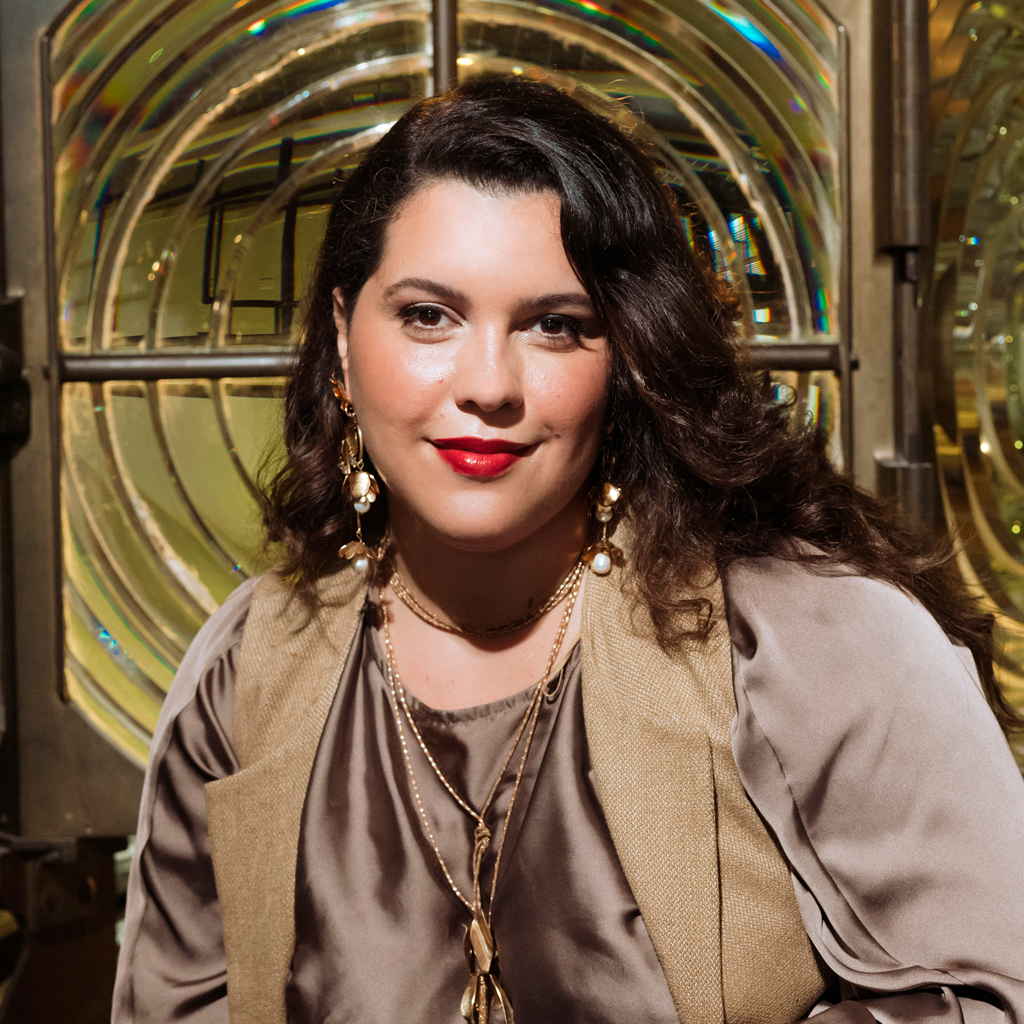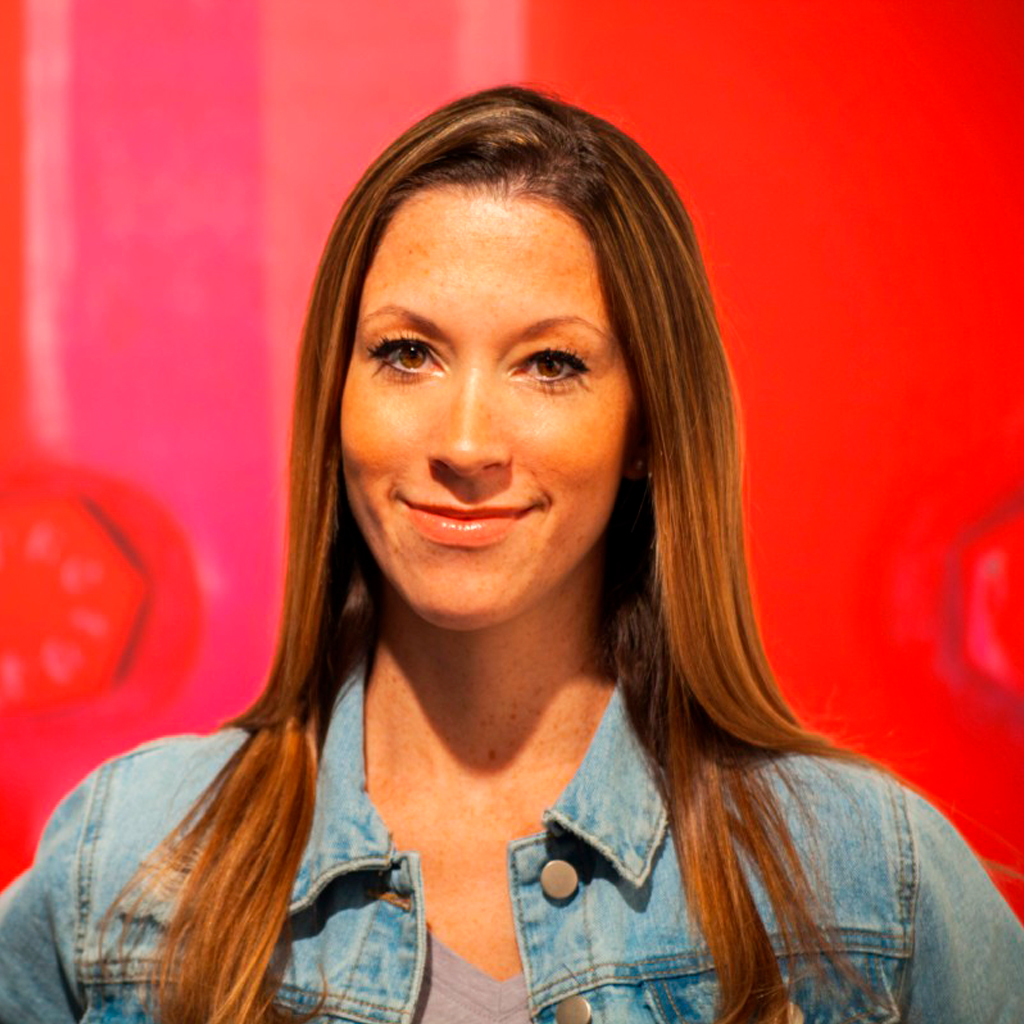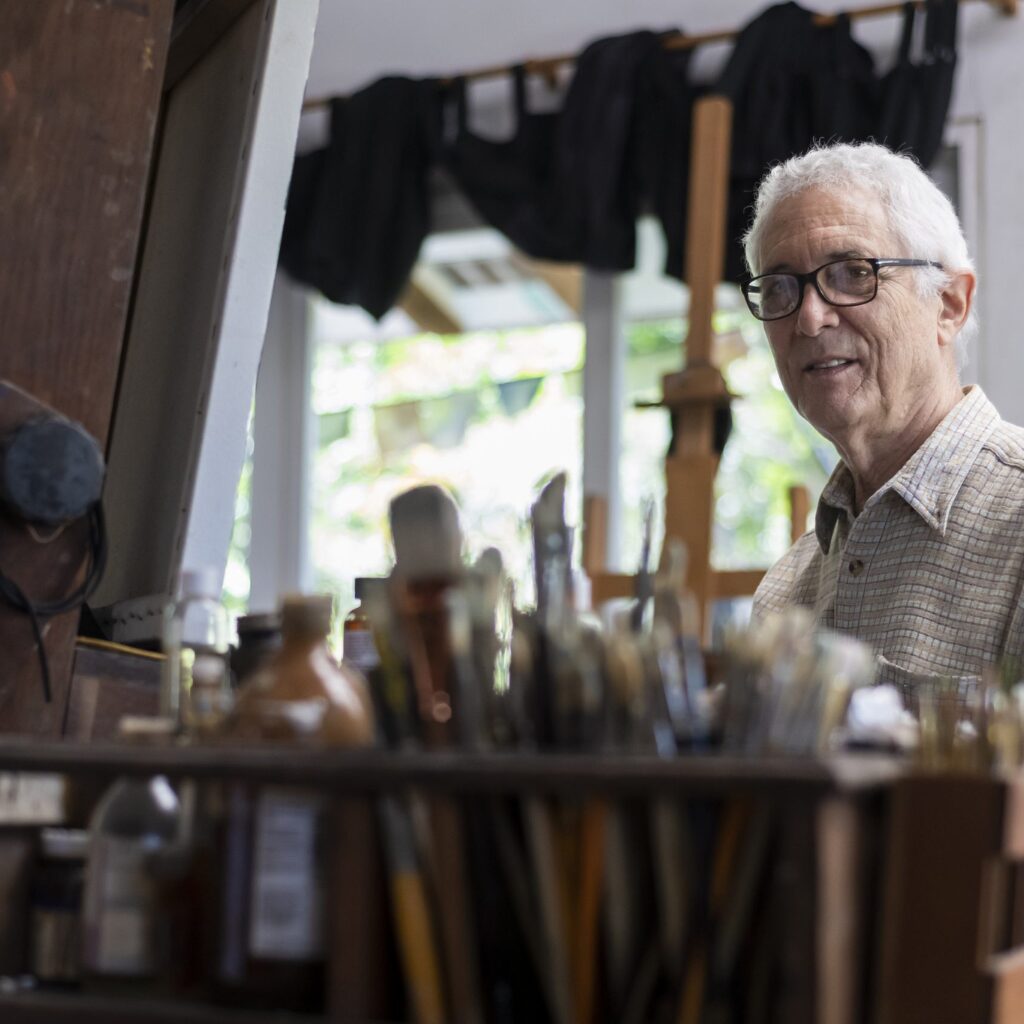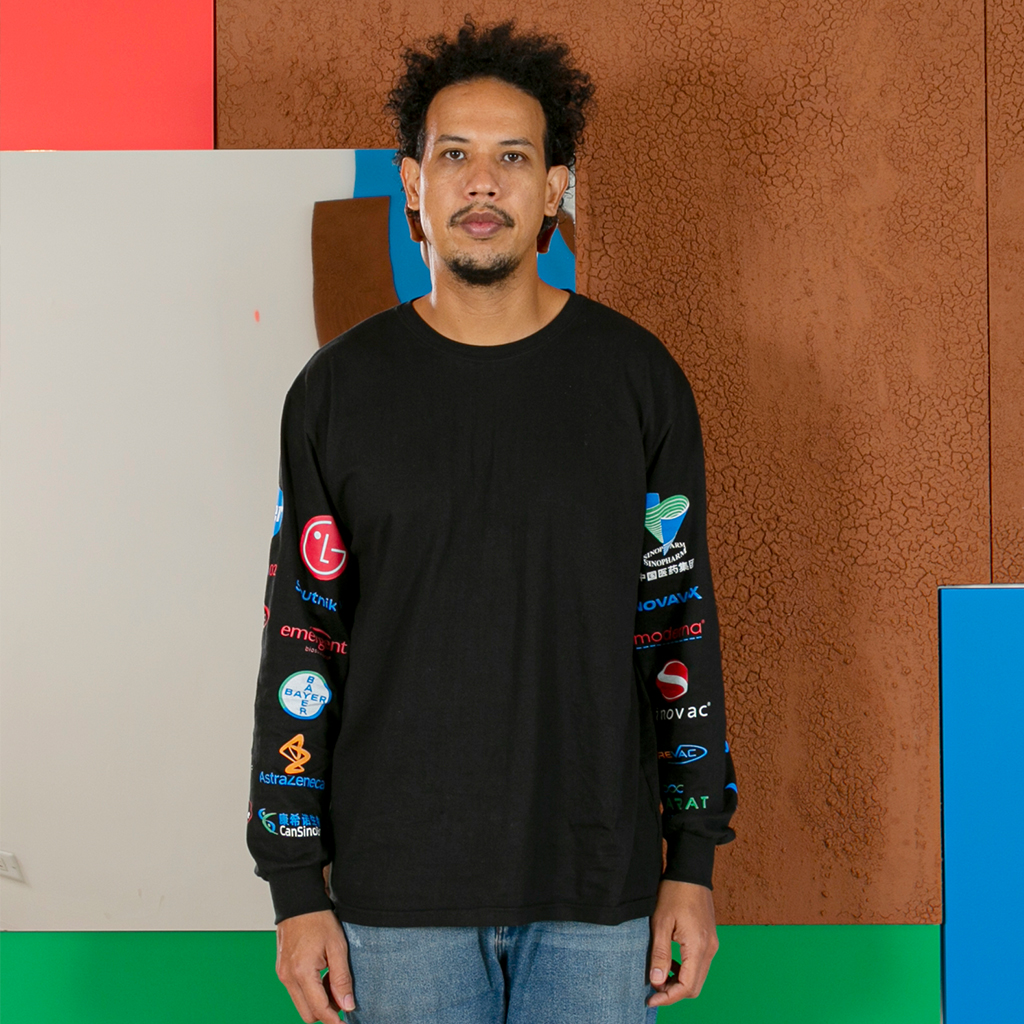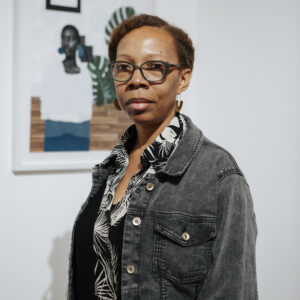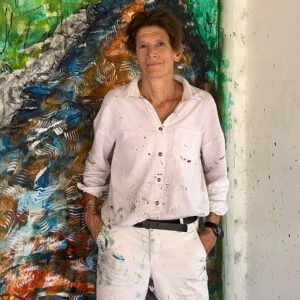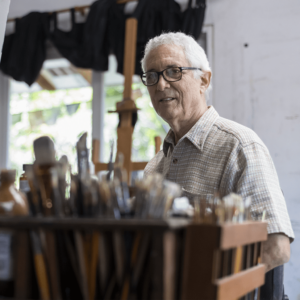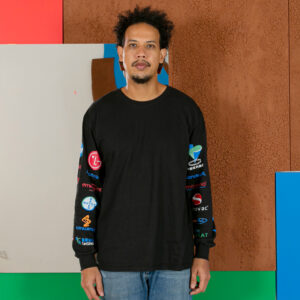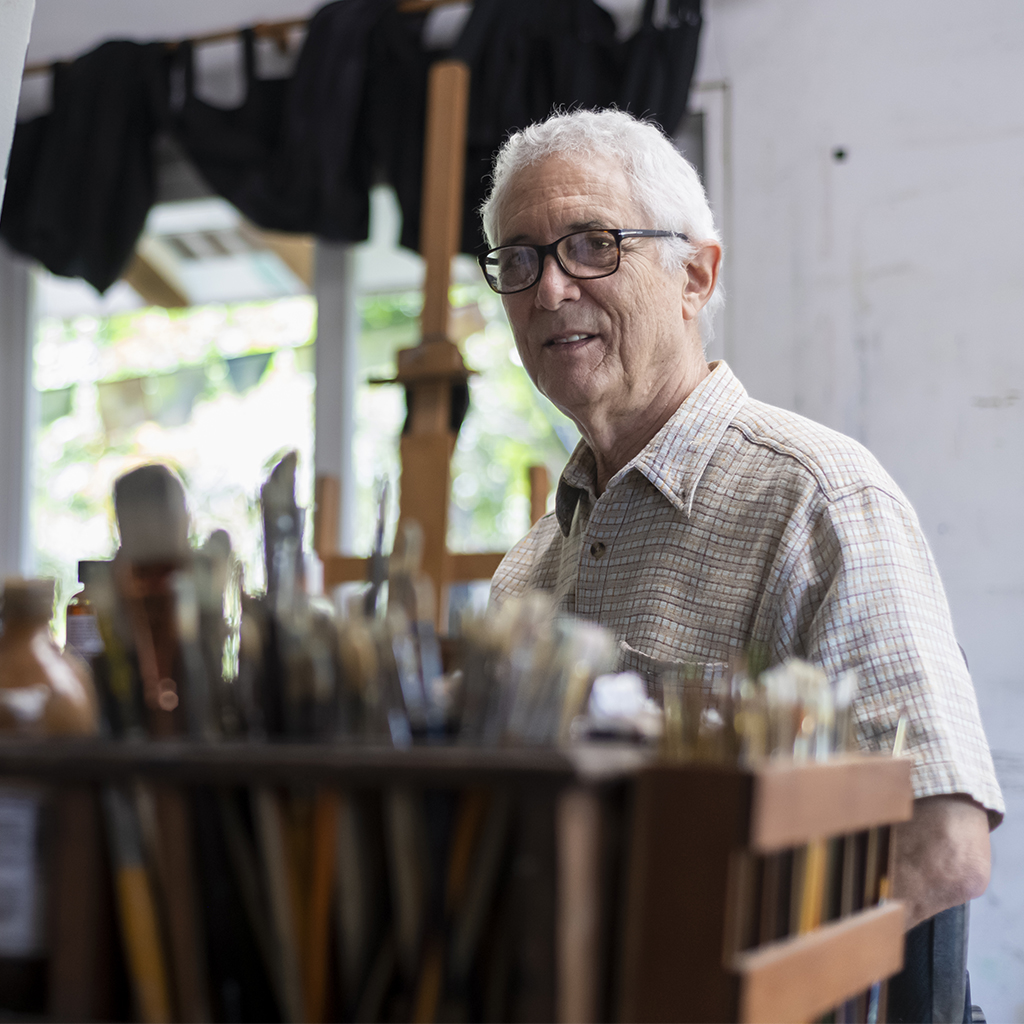Traces. On the Body and on the Land.
Panama’s inaugural national pavilion at the
60. Esposizione Internazionale d’Arte de La Biennale di Venezia
Mirages of the Gap

The artwork Mirages of the Gap provides a metaphorical exploration of the journey migrants make through the thick and roadless rainforest known as the Darien Gap. Based on two large abstract structures in which paint and pigment have been replaced by layers of mud, the rough textures of the multicolored soil that the artist gathered in situ symbolize the arduousness of the earthy trails that human beings have carved through the jungle.
Read more
The structures converge on a central white wedge an ascending triangle suggestive of a passageway with an unknown climax. The work emerges as an expression of awareness regarding both the collective journey and an individual sense of yearning, offering a visual and poetic testament to courage, resilience, and hope, encapsulating encapsulating the essence of the human struggle for a better future and a more dignified way of life. the essence of the human struggle for a better future and a more dignified way of life.
Todo lo que es noble y verdadero

The massive migration of Afro-Caribbean men and women in the early twentieth century for the construction of the Panama Canal brought about a profound transformation in Panama and its demographic makeup. The migratory waves not only etched an enduring mark on the nation’s history and ejercieron una influencia significativa en su diversidad cultural. Para aquellos que se atrevieron a aventurarse y trasladarse, el cuerpo migrante se convirtió en un repositorio de crónicas y recuerdos,mientras que los individuos
lucharon con el desafío de decidir qué llevar consigo y qué dejar atrás.La pregunta central se convierte en un dilema conmovedor: ¿cómo conciliar el deseo de preservar la propia identidad con la necesidad apremiante de asimilarse para sobrevivir? A través del collage, De Dier logra una meticulosa recopilación de material de archivo, documentos familiares e historias orales, entretejiéndolos en nuevas narrativas que iluminan la experiencia de los migrantes.Read more
Selva

Inside the installation entitled “Selva”, visitors find themselves surrounded by a series of monumental drawings. With loose and expressive strokes, De Obaldía offers an immersion into the jungle known as the “Darien Gap.” Roots surrounded by ferns, palms intertwined with vines, rivers, and waterfalls, confront the observer directly Glass sculptures display dramatic colors and shapes with carved and richly textured surfaces y de ricas texturas that generate luminous effects.
Algunas evocan la vegetación, mientras que otras parecen seres humanos heridos, maltratados o atrapados. El componente auditivo de la instalación envuelve a los espectadores con sonidos de animales, agua y viento, así como pisadas y voces humanas.Read more
Obras seleccionadas

The oceans and jungles in Brooke Alfaro’s paintings do not depict sublime seascapes nor peaceful rainforests. Rather, they are the scenarios of great human dramas where vulnerable individuals, often in large groups, in various types of boats or surrounded by wilderness, confront an aggressive and dangerous natural world.
Although the compositions stem from his imagination, the pervasive sense of tragedy reminds us of the rafts full of migrants from the Mediterranean or in the Darien that we see in the news today. Alfaro began painting these ominous scenes in the nineties, long before the news about migration through Panama reported the current human crisis of epic proportions.Read more







La Biennale di Venezia
The 60th edition of the The Venice Biennale will inaugurate in April 2024 and run for eightmonths, during which more that 800,000 people will visit the different pavilions.
An event without precedent
For the first time ever, there will be a Panama Pavilion at the prestigious Venice Art Biennale. This unique opportunity features four outstanding Panamanian artists who epitomize the best of our contemporary art.
It is an exceptional opportunity for Panama to present itself on the most famous international renowned at the level of art and culture to showcase the best of our country, opening doors for many talents not only in the arts but in the disciplines that study, teach and promote it.

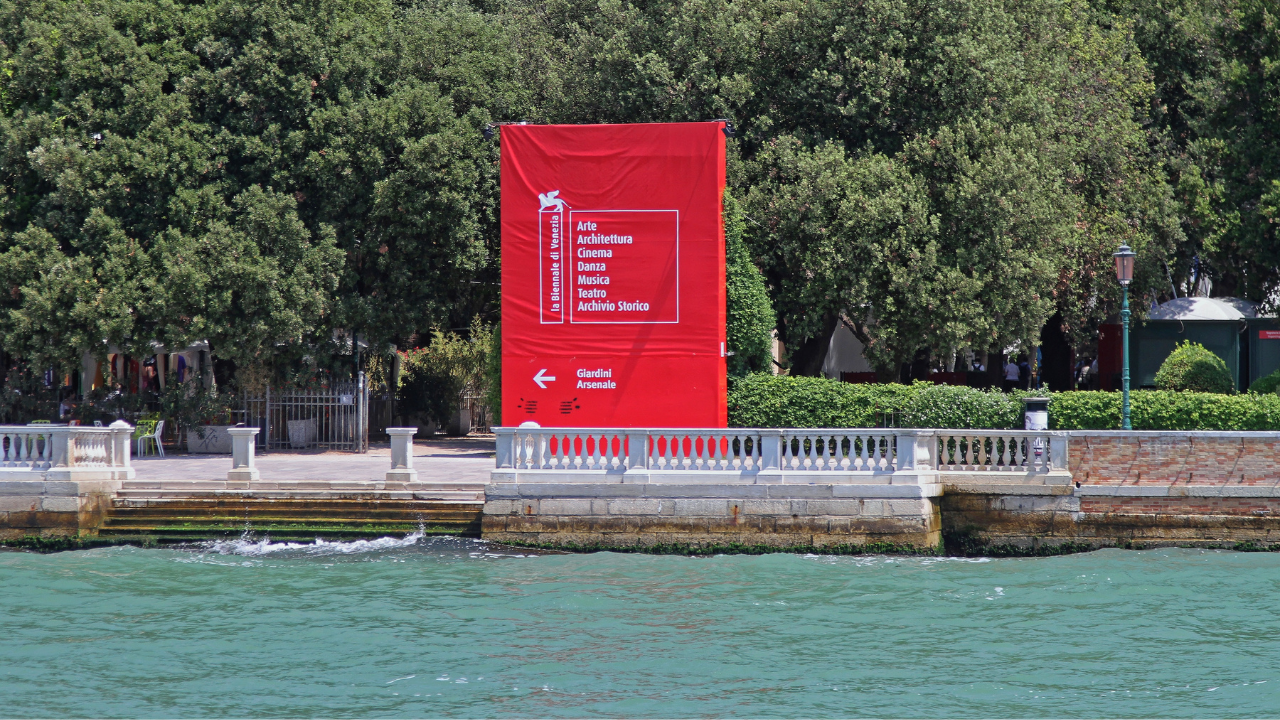
Commissioner
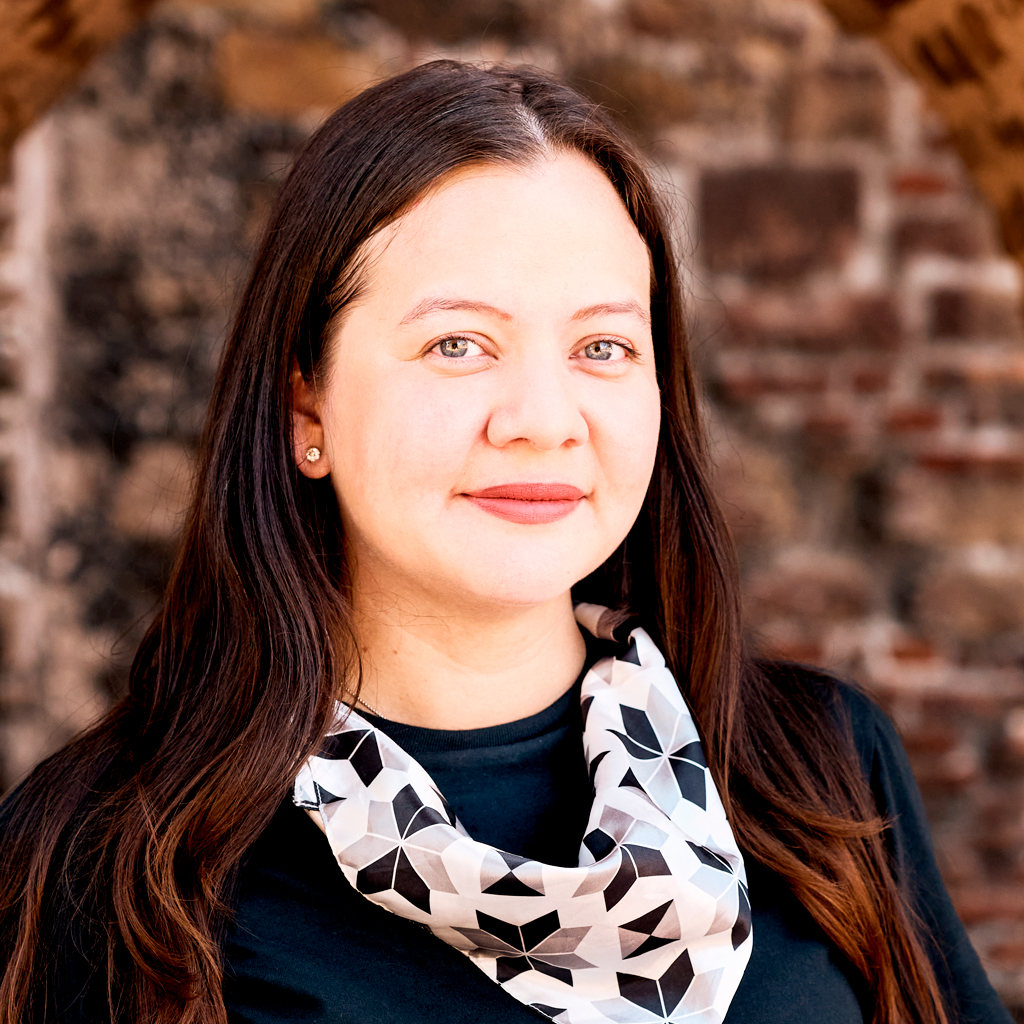
Assistant Manager
National Direction of Cultural Heritage
Itzela Quirós is a Professor of History of Art and Architecture. She received her BS in Architecture with an emphasis on built heritage intervention and an MA in Preservation Projects Management from Politecnico di Milano. She is a PhD candidate in Architecture at the National University of Colombia. Since 2009 she is active as a preservation Architect for the Ministry of Culture of Panama and has been appointed National Deputy Director of Cultural Heritage and National Director of Museums
Curatorial Committee
The pavilion was initially proposed by Ana Elizabeth González to the Venice Biennale. After being accepted and receiving a formal invitation, she invited Mónica Kupfer and Luz Bonadíes, to join her in the curatorial committee for the Panama Pavilion at the 2024 Venice Biennale.
Our Artists
Team

Communication and Graphic Direction

Exhibition team
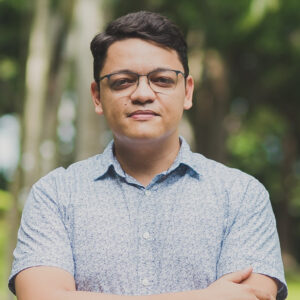
Exhibition team
Pavilion Location
Contact

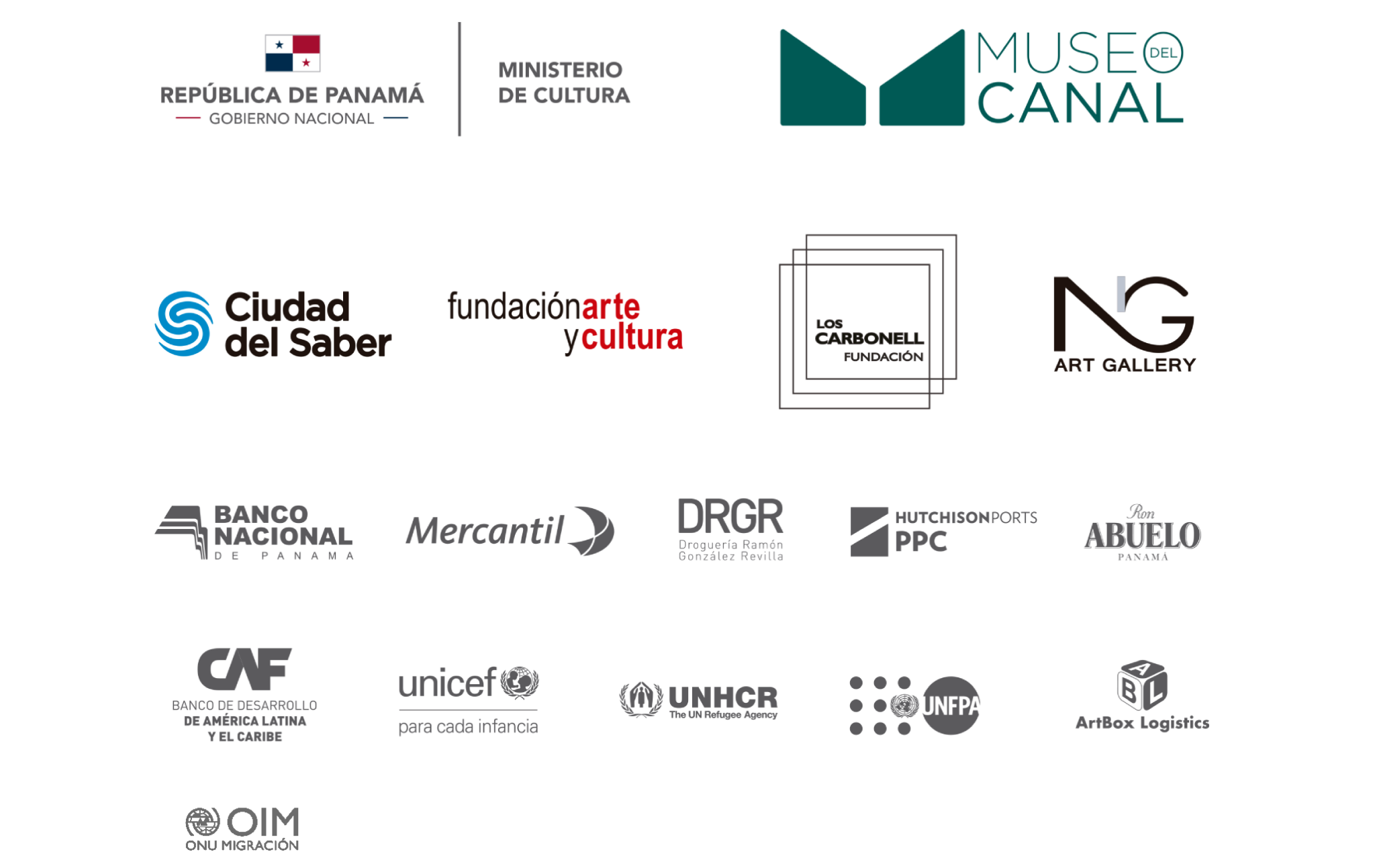
Contact information
Press
Mercadeo |
mercadeo@museodelcanal.com
+507 211-1649 ext. 309 |
+507 66605816
Donations
Anna Elena González | annagonzalez@museodelcanal.com

